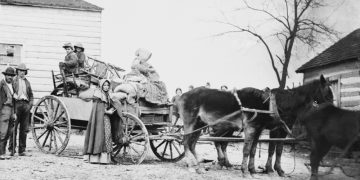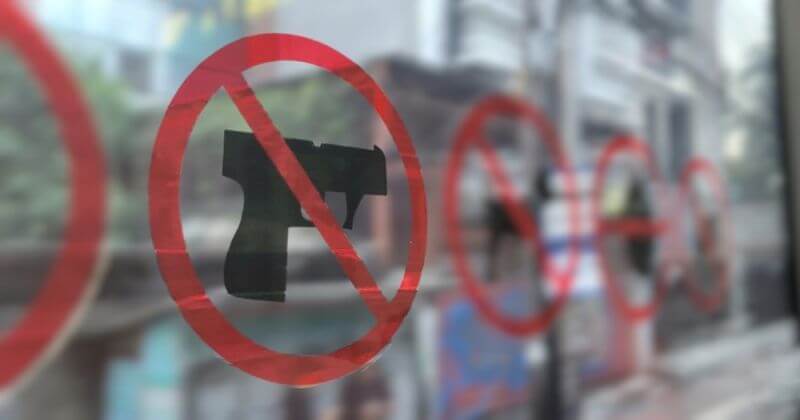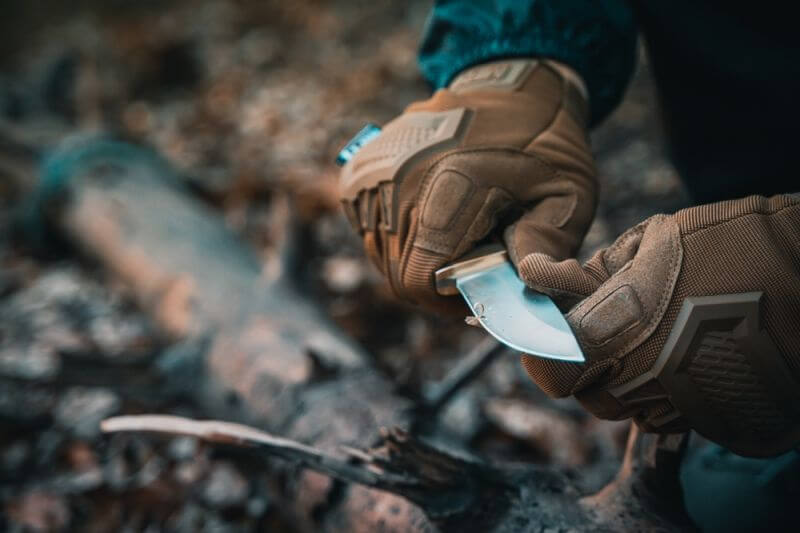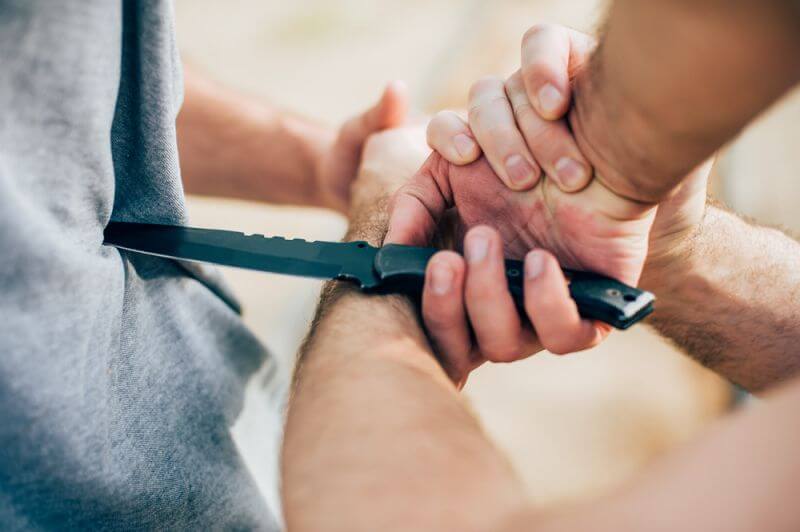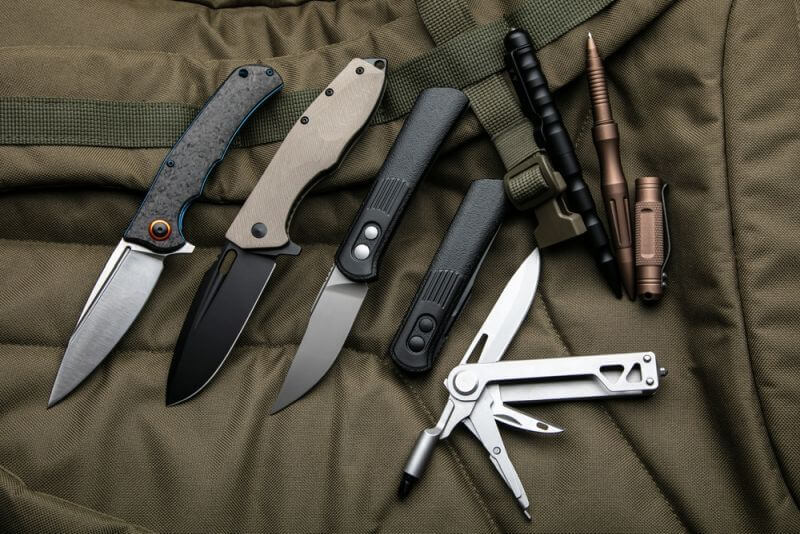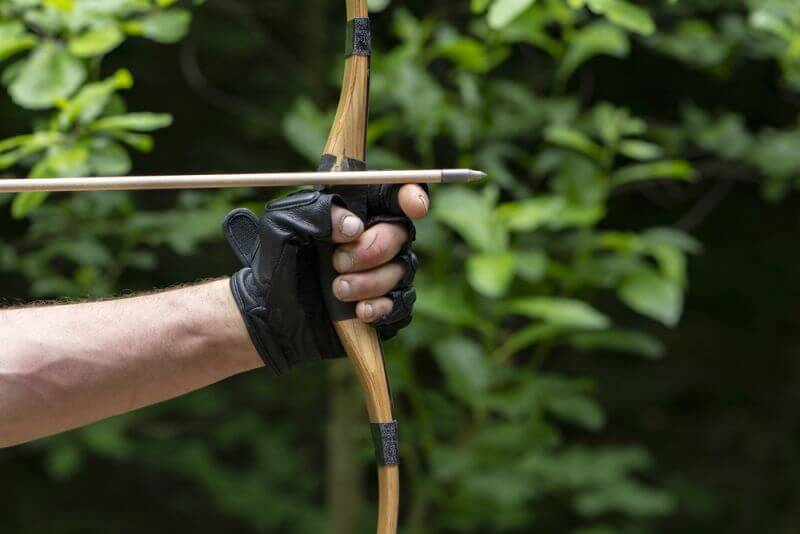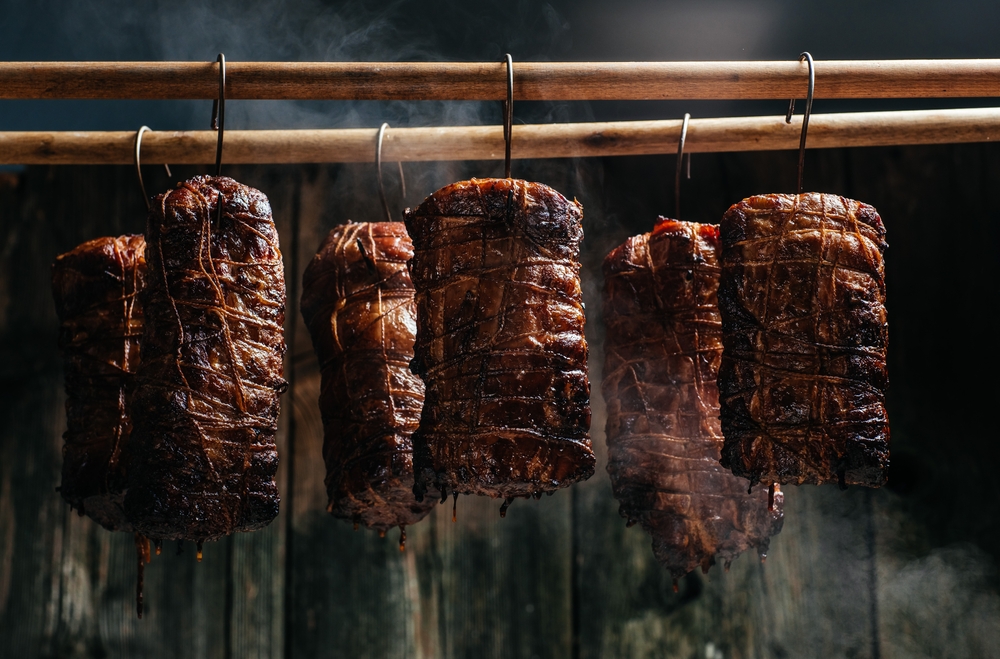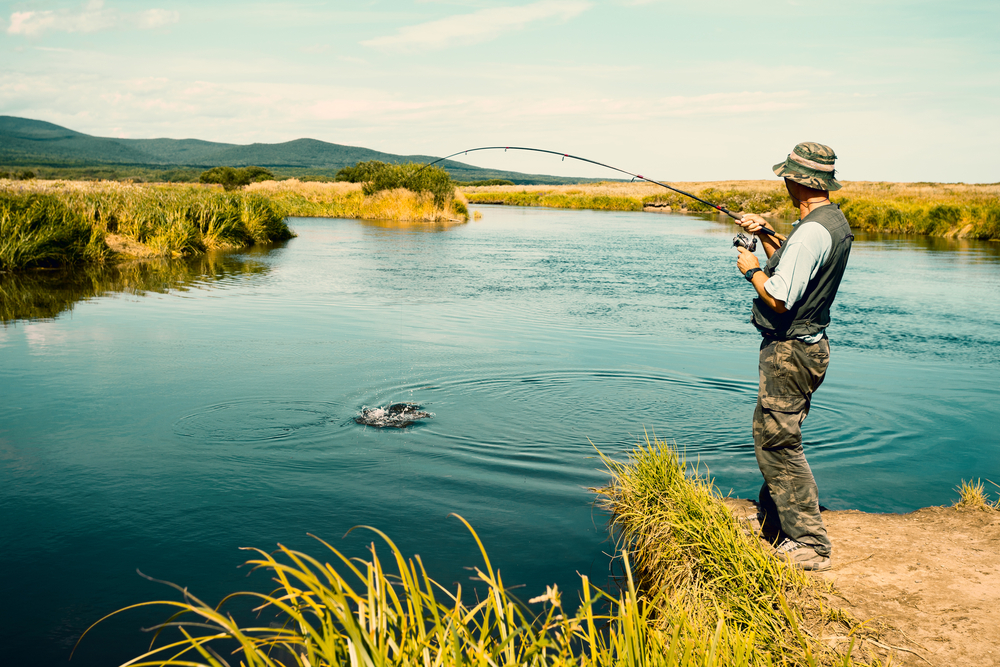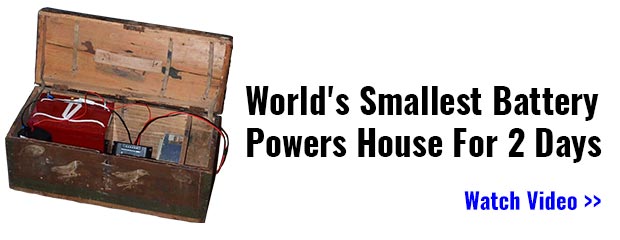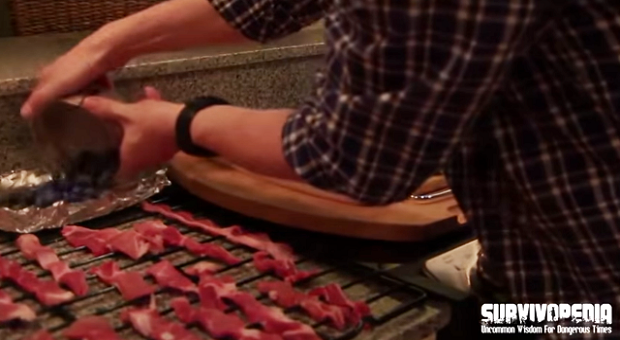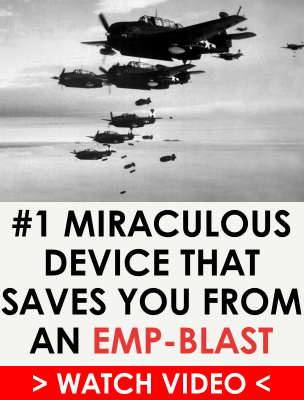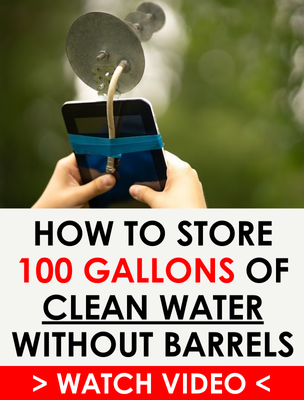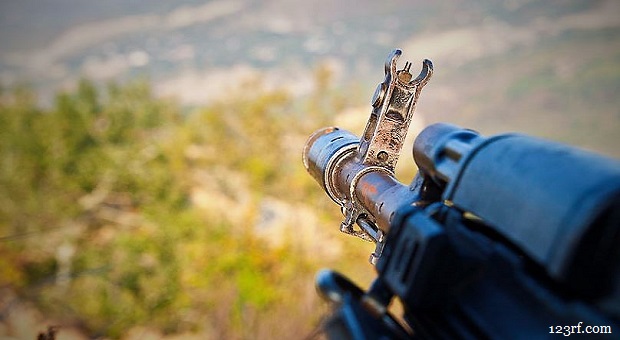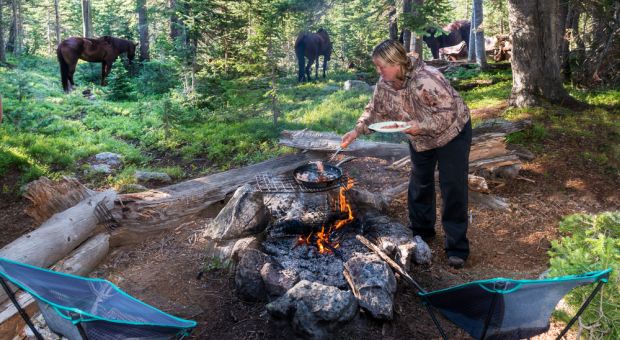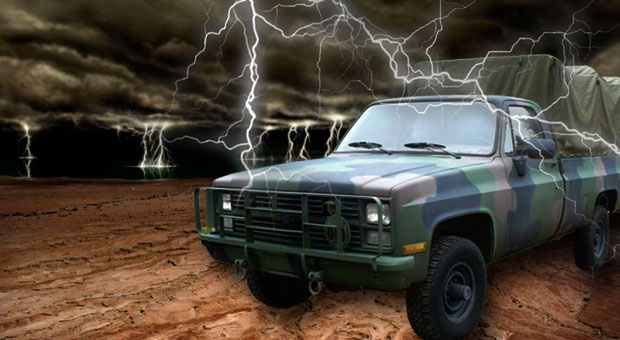How many time have you ever wondered what you need to communicate in a disaster situation or what skill you need to have?
Most people consider that they only need a handful of devices on hand, but what are the most important electronic appliances that you will actually use? Some give a list based on their priorities but these are not always the same for everyone, as we each have our own criteria of what’s important and what is not.
Another problem worth mentioning is, that it’s one thing to have them by your side and a completely different story in using them. We all know how to change a battery, that’s true, but what other options do we have in case of a disaster and when these are not longer available.
Sometimes we can just rely on old, proven techniques and sometimes we can improvise.
With this in mind, we have put together a list of 5+1 articles that will help you out so let’s get started !
1. Ten Principles of Preparedness: #10 Communication

While communication is the last aspect of the Principles of Preparedness, this doesn’t mean it’s insignificant in any way. In fact, there’s a lot of danger, panic, relying on misinformation and chaos that can arise, all from the lack of communication.”
Read more on Preparedness Pro.
2. How To Modify An Am Radio To Receive Shortwave Broadcasts
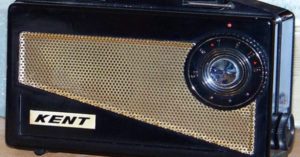
Shortwave frequencies bounce off of the ionosphere and return to earth halfway around the world. It is easy to receive broadcasts from another continent; depending on conditions, time of day, signal strength, and target area for the broadcast.”
Read more on SHTF Preparedness.
3. SHTF Survivalist Radio Lists
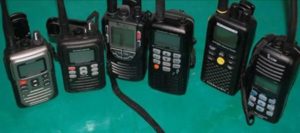
Read more on Ask a Prepper.
4. Light, Fire and Smoke | Emergency Communication Signals

Fire and smoke have been used to communicate trouble or distress among people ever since. The invention of the telescope in the 1700s significantly increased the range of long distance silent communication—observers could see signals at far greater distances.”
Read more on Survival Life.
5. Off-Grid Charging System For AA-AAA Batteries, Plus USB

While off-grid, camping, hiking, a remote location, or simply for your own preparedness.
-Communications devices
-Portable radios
-Flashlights
-Handheld GPS
-Etc..
While on the go, out in the field or backpacking, the following off-grid charging equipment will charge the most popular size consumer batteries (AA, AAA).”
Read more on Modern Survival Blog.
6. Campfires From Scratch: No Boy Scout Juice Required

I can’t remember who to blame for this grand idea, Henry or Craig, but I vividly remember the low whoosh sound that transformed a flickering kitchen match into a flaming mushroom cloud billowing up my legs. Screaming and wild dancing, reminiscent of cartoon characters, commenced in a desperate attempt to extinguish my now flaming trousers.”
Read more on Survival Sherpa.
This article has been written by Edward Szalinksi for Survivopedia.

